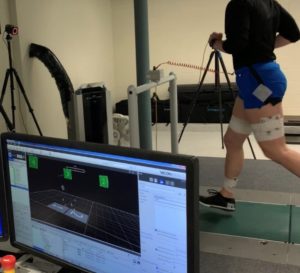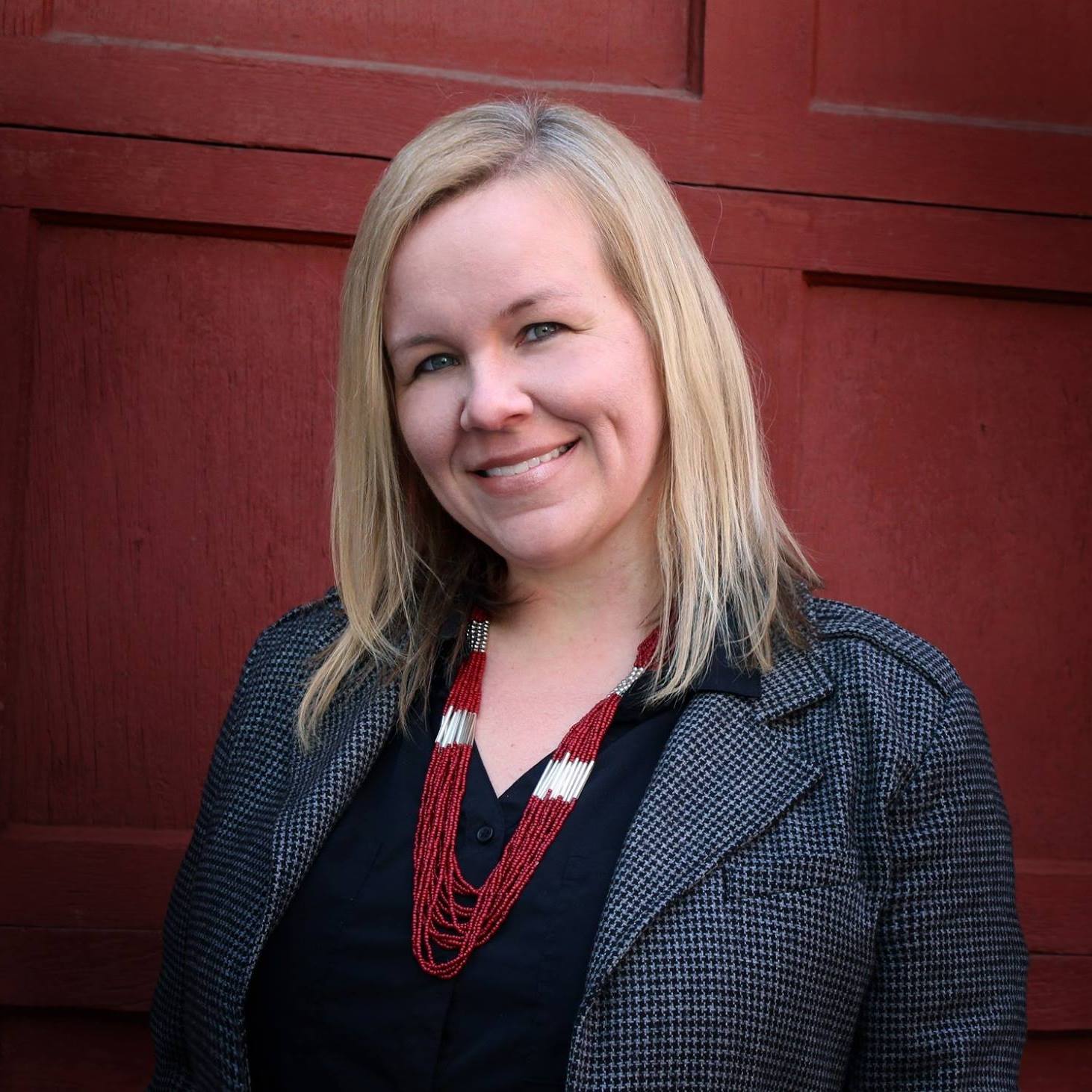26 May 2021
State-of-the-Art 3D Motion Capture Laboratory at West Point Evaluates Running Patterns
Under the Musculoskeletal Injury Rehabilitation Research for Operational Readiness (MIRROR) program led by Geneva, researchers are improving telehealth for knee injuries using the lab’s unique capabilities.
The West Point Advanced Return to Run Investigations and Orthopedics Research (WARRIOR) Motion Laboratory at the U.S. Military Academy at West Point (USMA) is helping researchers understand how to leverage telehealth initiatives to improve running form in U.S. service members with knee pain. Using a state-of-the-art 3D motion capture system surrounding a treadmill with force-sensing capabilities, military medical researchers seek to understand the effects of a telehealth-based treatment for knee pain on risk factors for knee injuries in running form.
Geneva Scientist Richard ‘Trey’ Brindle, PhD, also an Assistant Professor for the Baylor University – Keller Army Community Hospital Division 1 Sports Physical Therapy Fellowship, is the scientist behind this laboratory. The WARRIOR laboratory was funded in January 2019 under the MIRROR program, administered by Geneva under MIRROR project number 9 – Evaluation of Video Telehealth Versus Standard Gait Retraining. This protocol is being led by Geneva Principal Investigator COL Don Goss, PT, PhD, ATC.
“Previous research has demonstrated that we can teach soldiers a different way to run that reduces stress on the knee using gait retraining interventions,” said Dr. Brindle. “By packaging an impactful gait retraining intervention in a telehealth format, we can potentially improve rehabilitation for knee injuries while saving time and money.”
Dr. Brindle’s research interests lie in the prevention and rehabilitation of lower extremity overuse injuries. His overarching research focus has been on lower extremity biomechanics during running in relation to risk factors for common overuse injuries. Biomechanics is the science of movement of a living body, including how muscles, bones, tendons, and ligaments work together to produce movement.
Forty-five percent of physical training and sports-related injuries in the military are attributed to running. “Using this technology, we can take a deeper look at how the knee rotates during running in three dimensions,” added Dr. Brindle. “We’re able to record an array of motions in our lab to better understand how the way we move contributes to injury, which is paramount to decreasing high rates of overuse injuries in soldiers.”
Gait retraining interventions have the potential to improve outcomes for warfighters recovering from running-related injuries. Through the use of telehealth, it is possible to monitor, train, consult and inform end-users in their deployed environment. The WARRIOR laboratory is also being used as a teaching and evaluation tool in the Physical Therapy Department of Keller Army Community Hospital at USMA.
Disclaimer: The views expressed do not reflect the official policy of the Army, the Department of Defense, or the U.S. Government.

"By packaging an impactful gait retraining intervention in a telehealth format, we can potentially improve rehabilitation for knee injuries while saving time and money."
Geneva Scientist Richard ‘Trey’ Brindle, PhD
HIGHLIGHTS
- Using a state-of-the-art 3D motion capture system surrounding a treadmill with force-sensing capabilities, military medical researchers seek to understand the effects of a telehealth-based treatment for knee pain on risk factors for knee injuries in running form.
- The WARRIOR laboratory was funded in January 2019 under the MIRROR program, administered by Geneva under MIRROR project number 9 – Evaluation of Video Telehealth Versus Standard Gait Retraining.
- Gait retraining interventions have the potential to improve outcomes for warfighters recovering from running-related injuries.


